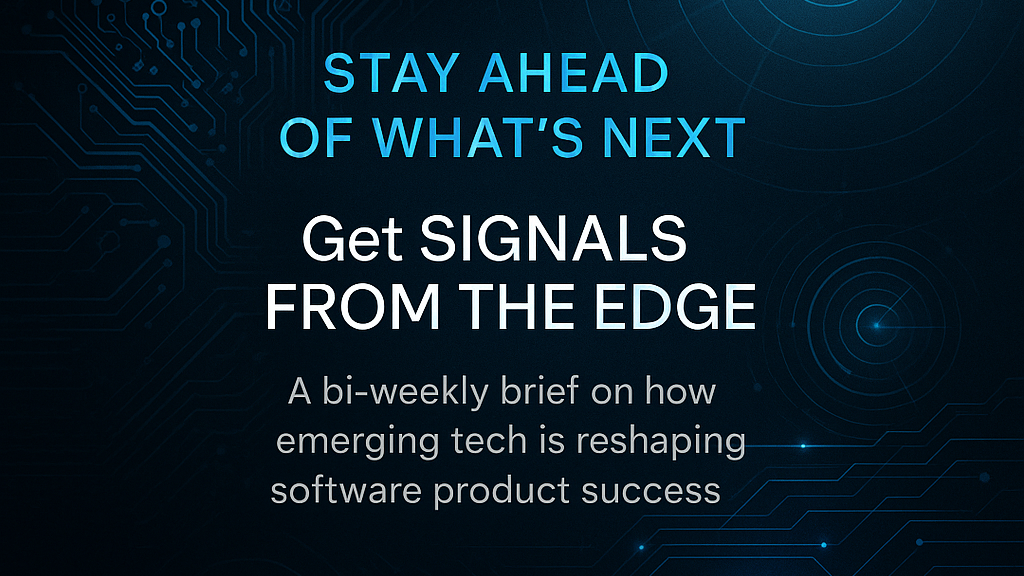
Signals from the Edge - 28 Apr 2025
In a landscape where AI is reshaping not just tools but entire value chains, tech leaders must shift focus from chasing features to mastering adaptability. The edge belongs to those who design for emergence, not just efficiency.
Is Agile Dying?
Agile’s been around for about 25 years now—officially kicking off in 2001 with the Agile Manifesto. Since then, it’s evolved into all sorts of frameworks like Scrum, Kanban, and others. We've seen some teams knock it out of the park, and others... not so much. So the big question is: is Agile on its way out?
Generative AI: A Commodity, Not A Unique Proposition
In today's era of digital transformation, everyone is sprinting to harness the power of generative AI. Indeed, it seems as though the "AI train" has left the station, and those not on board risk being left behind. It's an exciting period, mirroring the foundational shifts of the internet and cloud computing. But amidst the enthusiasm, it's crucial to remember an old adage: "if everyone is special, no one is special."
The question arises: has generative AI become a mere differentiator, or is it now table-stakes?
Attainability: the third of three critical foundations for technology strategy and architecture in a fast-changing world
When we speak about attainability in technology and product development, we are thinking of some particular questions. is it possible? Can it be done in a reasonable timeframe? Can it be done at a reasonable cost? The answers to these questions will assist you in understanding the attainability of a particular initiative. However, you can take actions both in strategy and architecture to improve the attainability of new capabilities.
Adaptability: the second of three critical foundations for technology strategy and architecture in a fast-changing world
Adaptability is about building in the ability to change your systems and strategies as the changes occur quickly. Can you quickly adapt it if your cloud provider releases a new service that can cut your operations costs in half? Or, have you poured virtual concrete around your architectures and strategies such that they are complex, slow, and costly to change?
Innovation: the first of three critical foundations for technology strategy and architecture in a fast-changing world
I see innovation as introducing something new that adds value for the customer. When building a product, innovation needs a purpose, and the customer needs to be at the center of that purpose.
Living in a world of constant technological change
Ignoring change means increased technical debt, missed opportunities, and potential loss of competitive advantage. You can find yourself left behind if you allow the world to change around you but do not change with it.
